It is no surprise that the Battle of Hastings, the events surrounding it and the lives of the era’s key players are shrouded in much mystery.
For the clash between England’s King Harold II and William, Duke of Normandy, did take place nearly 1,000 years ago.
But those who hoped that new TV drama King and Conqueror might at least accurately depict what we do know about 1066 have been left disappointed.
Historians have pointed out a litany of inaccuracies in the eight-part BBC show – some of which the Daily Mail highlights below.
The relationship between Harold and William
King and Conqueror depicts a growing bond between Harold and William that only collapses into catastrophe later.
In episode one, William gets ambushed during his trip to England to attend Edward the Confessor’s coronation.
Thankfully, Harold and his men are on hand to save his life. Harold is depicted as not knowing who William is.

James Norton and Nikolaj Coster-Waldau as King Harold and William the Conqueror in new TV drama King and Conqueror, which is airing on the BBC

King Harold of England was defeated at the Battle of Hastings in 1066. Above: The 11th century Bayeux Tapestry, which depicts Harold with an arrow through his eye

James Norton as Harold Godwinson in King and Conqueror, which is available on BBC iPlayer
In reality, William did not go to Edward’s coronation in 1043. For starters, he would have been around 15.
When promoting the show, Norton – who is also executive producer – went as far as saying that Harold and William were ‘friends’.
Norton said: ‘What was really exciting when this idea was conceived was that, while most people know about the battle, far fewer know about the 20 or 30 years leading up to it, when William and Harold were actually friends, and their lives were intertwined through their wives, Matilda and Edith.
‘They had this twisty, turny story, and these relationships and these people falling in and out of love, and at the heart of it are these two men who became friends and then adversaries.’
The reality though is that they likely only met once before their clash at the Battle of Hastings.
And that meeting – in Normandy in around 1065 – was may not have been friendly.
Richard Huscroft explained to the Daily Mail: ‘I wouldn’t say they were ever friends. They probably only met once before 1066, when Harold visited Normandy in 1065.
‘Historians argue about whether Harold stayed there willingly or whether he was kept there by William, essentially as a hostage, until he agreed to support William’s claim to the throne.
‘The Bayeux Tapestry shows them hunting and feasting together at this time, but that might be just Norman propaganda.’
King and Conqueror also depicts – in episode three – entirely invented scenes of William and Harold bathing in Flanders, before they fight off attackers together.

In episode one, William gets ambushed during his trip to England to attend Edward the Confessor’s coronation. Thankfully, Harold and his men are on hand to save his life
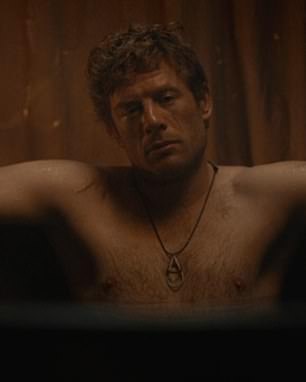
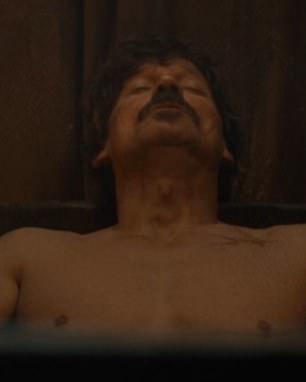
King and Conqueror also depicts – in episode three – entirely invented scenes of William and Harold bathing together in Flanders, before they fight off attackers
The ‘nonsense’ of Droit du seigneur
Early in the first episode, Harold is seen confronting his brother Sweyn, who claims he has been exercising his ‘droit du seigneur’ – the right of a feudal lord to take the virginity of a peasant bride on the night before her wedding.
Sweyn, played by Elliot Cowan, boasts: ‘She loved every minute of it.’
He adds to Harold: ‘If father gets to hear about this, I’ll do you harder than I did her.’
English Heritage historian Dr Michael Carter explained to the Daily Mail that ‘droit du seigneur’ is nonsense.
He said it is the product of ‘mistranslation of sources, and the wild imaginings of historians and antiquarians’.
It ‘absolutely would not have been done’, he added.
Jo Hedwig Teeuwisse, better known as the Fake History Hunter on social media, explained in a review on her popular X account: ‘This whole nonsense about the lord being allowed to take a peasant’s bride’s to his bed, AKA “Droit du seigneur” or “first night”, has been considered as made up or at least without any evidence for ages.’
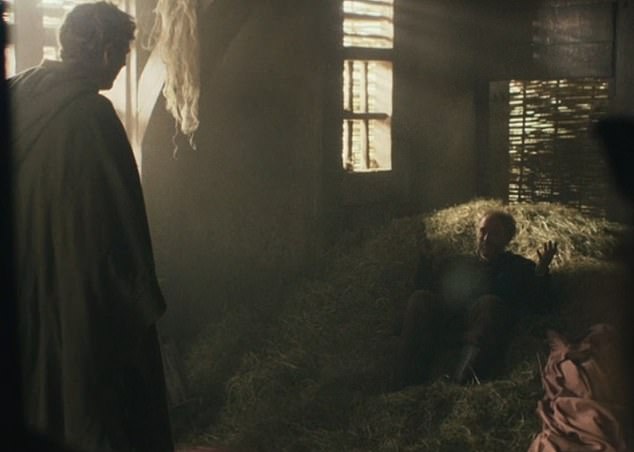
Early in the first episode, Harold is seen confronting his brother Sweyn, who claims he has been exercising his ‘droit du seigneur’ – the right of a feudal lord to take the virginity of a peasant bride on the night before her wedding
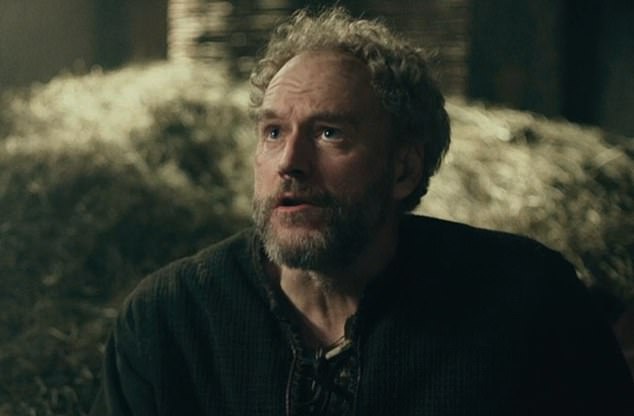
Sweyn, played by Elliot Cowan, boasts: ‘She loved every minute of it’
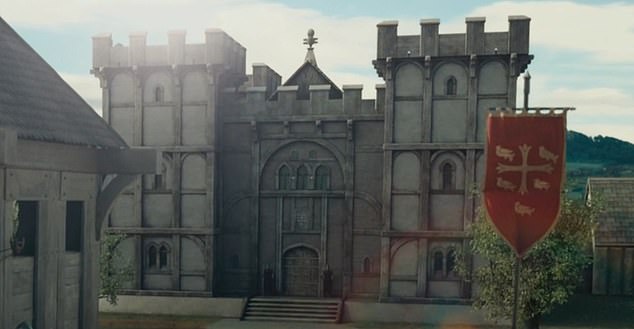
What appears to be a clearly computer-generated depiction of London in King and Conqueror
Emma of Normandy banishing the Godwins
King and Conqueror depicts Emma of Normandy as the real power behind the throne who has an iron grip on her son, Edward the Confessor.
Episode two shows her first ordering that the Godwins be killed, and then directing their banishment.
They are seen fleeing to Flanders. It is true that they went into exile – and some went to Flanders – but Emma was not the key player in their initial demise.
In fact, she had been sidelined by her son right at the start of his reign.
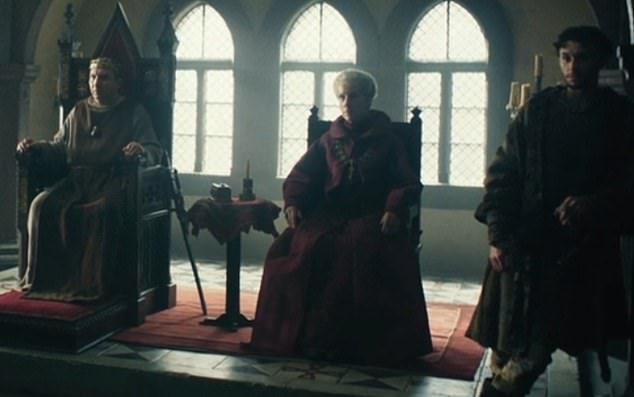
King and Conqueror depicts Emma of Normandy as the real power behind the throne who has an iron grip on her son, Edward the Confessor
Godwin making Harold Earl of Wessex over the head of Sweyn, Harold’s older brother
In King and Conqueror’s third episode, Godwin – the Earl of Wessex – is seen giving his title to his Harold while he is still alive.
In doing so, he bypasses Sweyn, his oafish oldest son. This leaves Sweyn furious.
In reality, Harold inherited the Earl of Wessex title after his father’s death, and only did so because Sweyn too was dead.
Edward the Confessor beating his mother to death
Episode four of King and Conqueror depicts in graphic fashion the death of Emma of Normandy – played by Juliet Stevenson – at the hands of her own son.
Eddie Marsan’s King Edward bashes her over the head with his crown and then repeatedly bludgeons her on the floor until she stops screaming.
The real Emma was not murdered by her son. In reality, Edward exiled his mother and took her assets away from her.
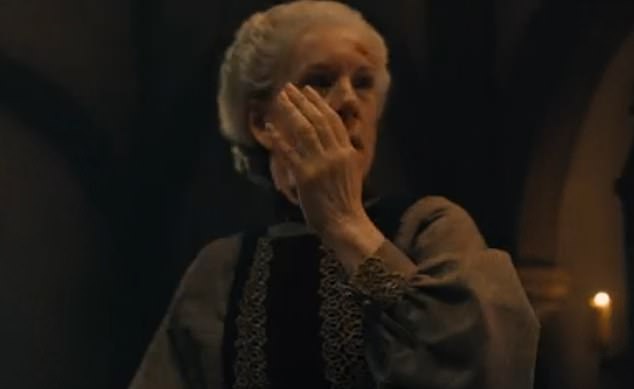
Episode four of King and Conqueror depicts in graphic fashion the death of Emma of Normandy – played by Juliet Stevenson – at the hands of her own son
William killing the King of France
Also seen in episode four is the bloody demise of King Henry I of France.
He gets ambushed by William – his nephew – while out hunting alone.
The pair have a sword fight before William slays him. Earlier scenes had shown a warm relationship that broke down after Henry plotted to kill his nephew.
But not such clash really took place. The real Henry died in 1060, and not at the hands of William.
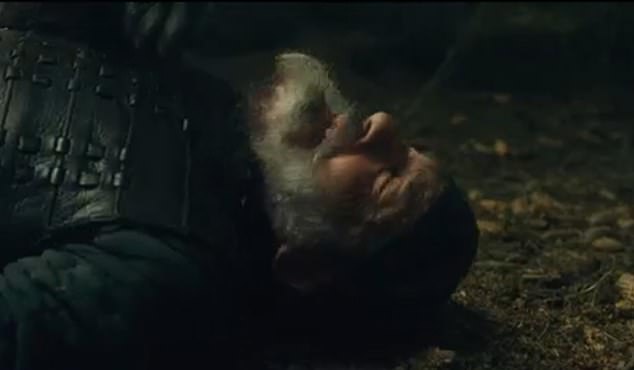
Also seen in episode four is the bloody demise of King Henry of France
Edward falling ill in the bath and then dying in Harold’s presence
Episode five of King and Conqueror depicts the moment Edward’s broody wife – Queen Gunhild – attempts to seduce him by climbing into his bath.
But as the pair are having their romantic moment, Edward falls gravely ill.
In episode six, the flagging monarch dies in bed in the presence of Harold, who falsely claims that Edward has chosen him as his successor.
Leaving aside the fact that Edward’s wife – the daughter of Godwin – was not called Gunhild (in fact she was another Edith), the real King did not fall ill in the bath.
Edward actually died on January 5, 1066, after an illness that lasted a few months. Harold was crowned the next day.
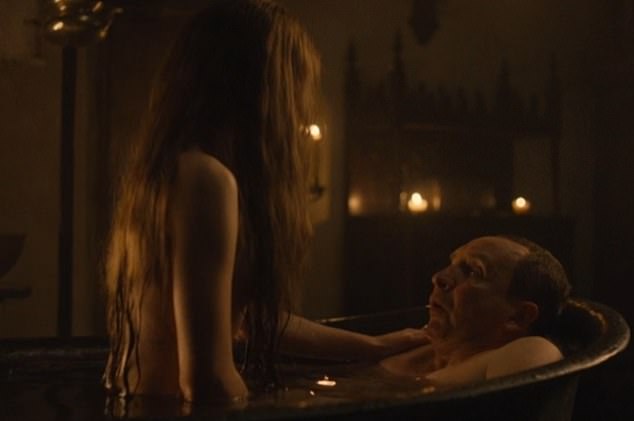
Episode five of King and Conqueror depicts the moment Edward’s broody wife – Queen Gunhild – attempts to seduce him by climbing into his bath
Harold killing his own brother
One of the show’s most shocking scenes comes in episode seven, when Harold kills his own brother, Tostig.
He mistakenly slits his throat on the battlefield.
In the show, Tostig – having blamed Harold for the death of his wife and child – had allied with would-be invader Harald Hardrada of Norway.
It is true that Tostig, the Earl of Northumbria, turned against his brother and fought with Hardrada against him at the Battle of Stamford Bridge.
But he did not betray his sibling for the depicted reasons, and nor did Harold kill him on the battlefield.
The real Tostig did die alongside Hardrada at Stamford Bridge, but not at the hands of his brother.
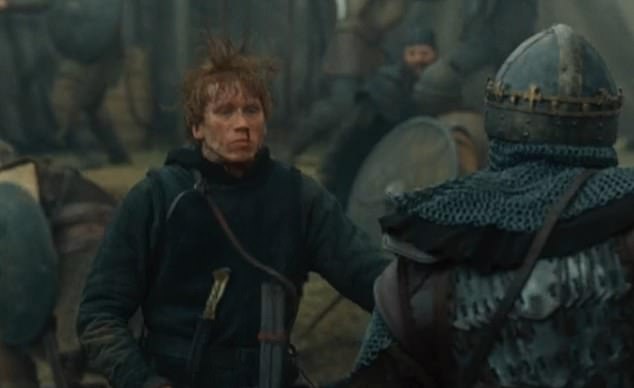
One of the show’s most shocking scenes comes in episode seven, when Harold kills his own brother, Tostig
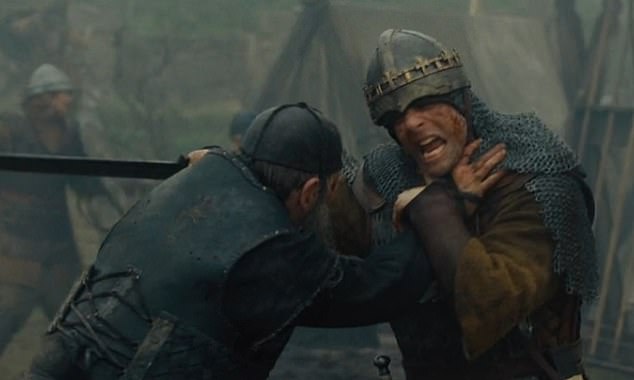
In the show, Tostig – having blamed Harold for the death of his wife and child – had allied with would-be invader Harald Hardrada of Norway










